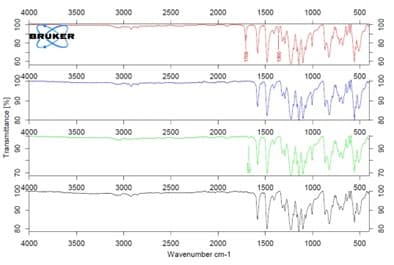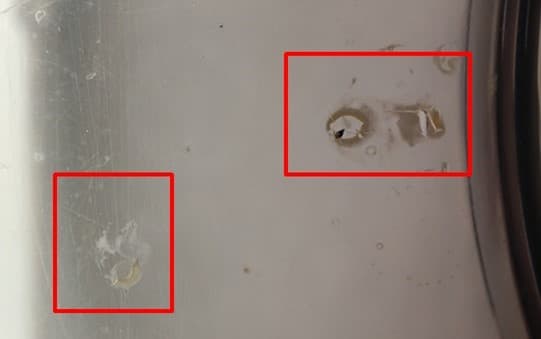What was the challenge or problem to solve?
The appearance of stains on the surface of a plastic component, without an apparent cause, generated the need for a forensic research project. To carry out the corresponding corrective measures, it was necessary to perform a root cause analysis first.
The main objective focused on discovering the origin of these stains through a diagnostic root cause study, before proceeding with any type of experimental testing.

Often, clients directly demand experimental trials, overlooking the critical importance of this preliminary analysis. However, the client agreed to perform this prior diagnosis to solve the problem effectively and efficiently; by optimizing resources and avoiding unnecessary trials.

The INFINITIA Forensic engineering team took on the task, initially dedicating themselves to a detailed description of the failure, collecting data through technical sheets, previous studies, and relevant bibliographic references. A flowchart was developed detailing the process followed by the piece from its production to the detection of the failure, meticulously documenting the problem to understand its magnitude and associated risks.
Subsequently, root cause analysis was conducted using various analytical tools to organize the collected information and establish connections between the different potential causes identified. This step was crucial to filter the most probable hypotheses that explained the appearance of the stains.
The final phase consisted of validating the hypotheses through various chemical resistance tests and against environmental agents. These tests, designed from the substances identified in the previous theoretical analysis, were fundamental to demonstrate that a specific substance was responsible for the failure. Thanks to this methodical approach, not only was the cause of the problem confirmed, but the foundations were also laid for implementing effective corrective measures.
This process not only resolved the issue at hand but also reaffirmed the importance of conducting diagnostic root cause studies before any experimental intervention. This approach ensures more accurate and efficient solutions, optimizing resources and reinforcing the quality and reliability of products.





